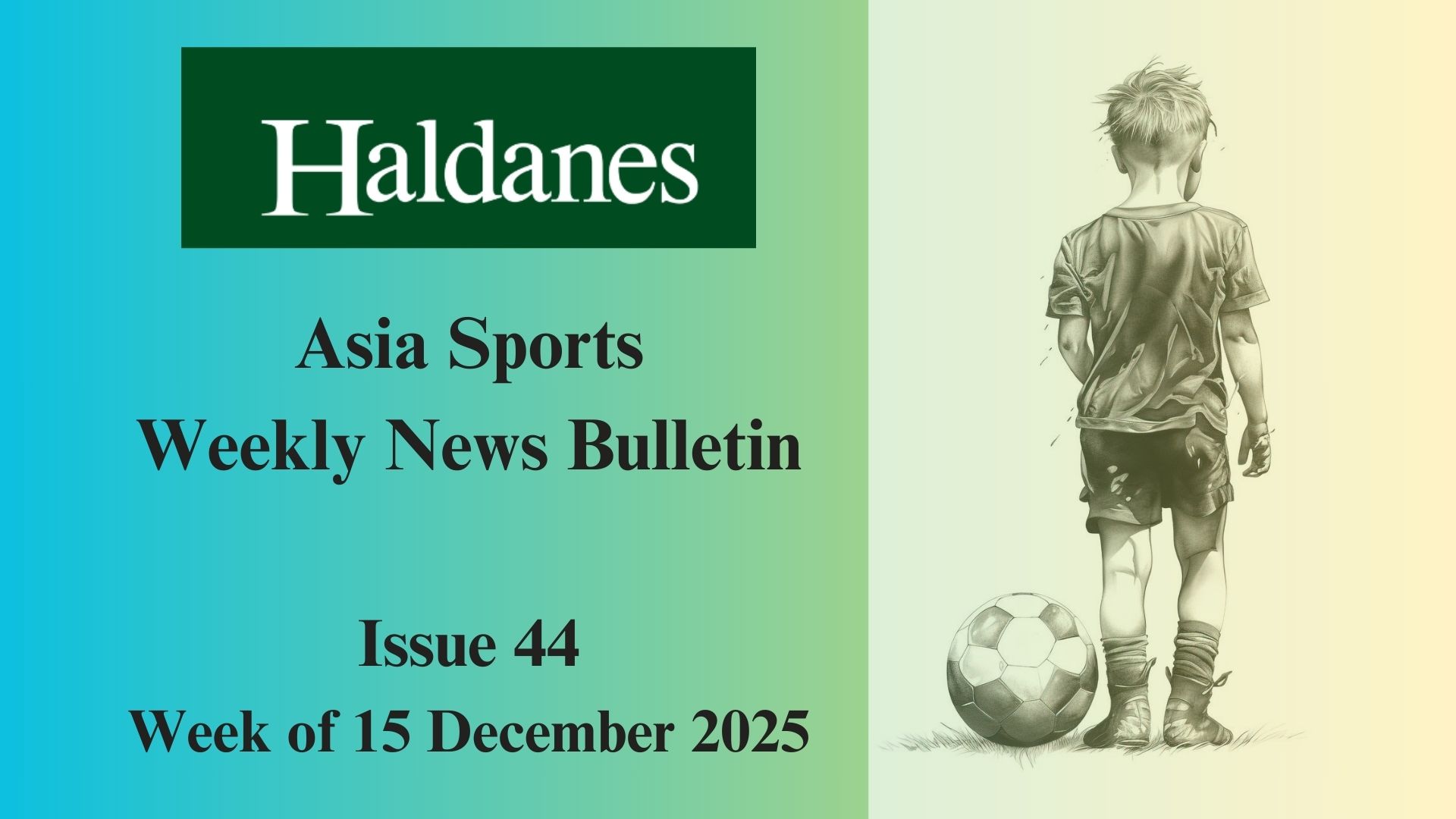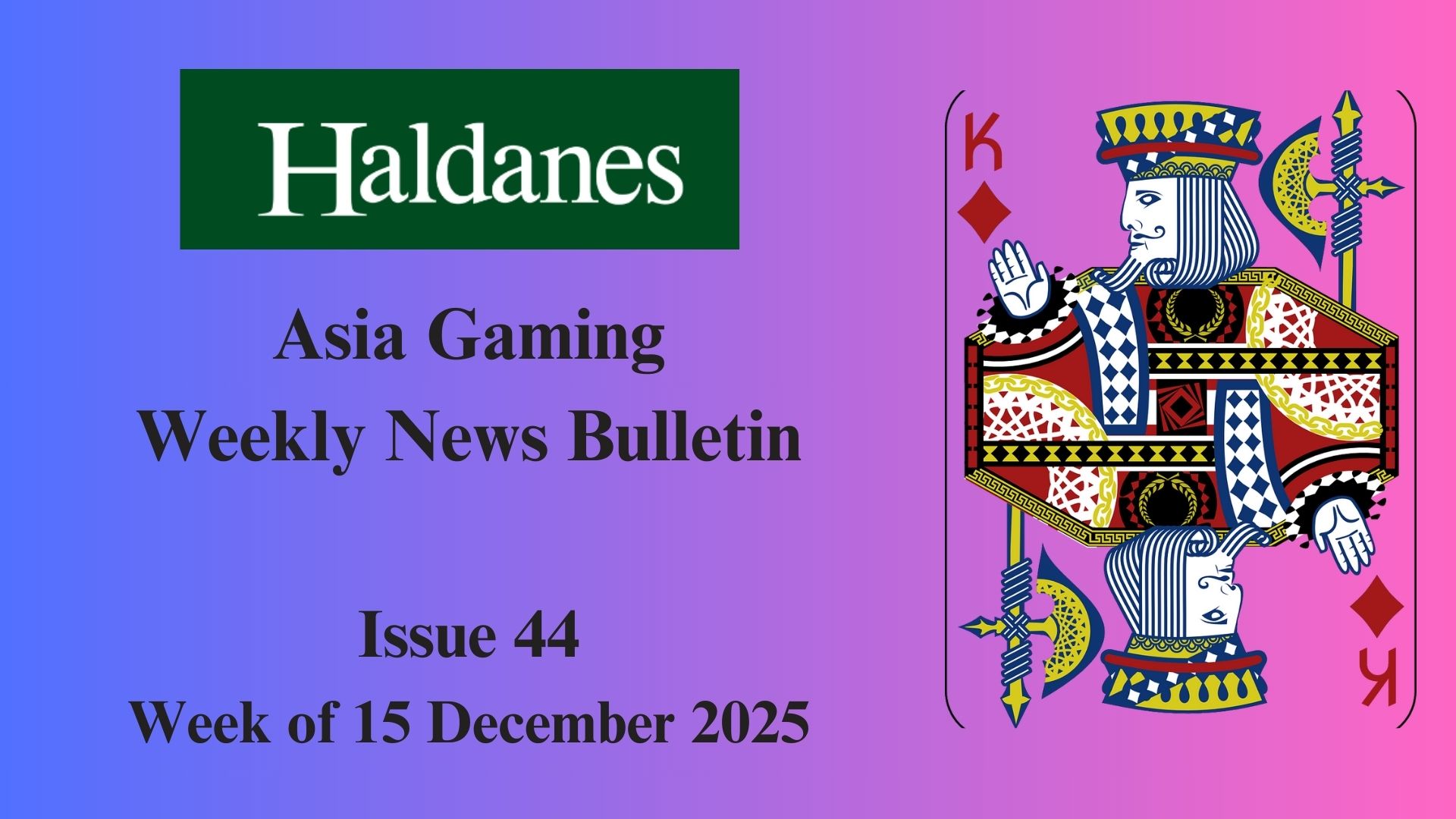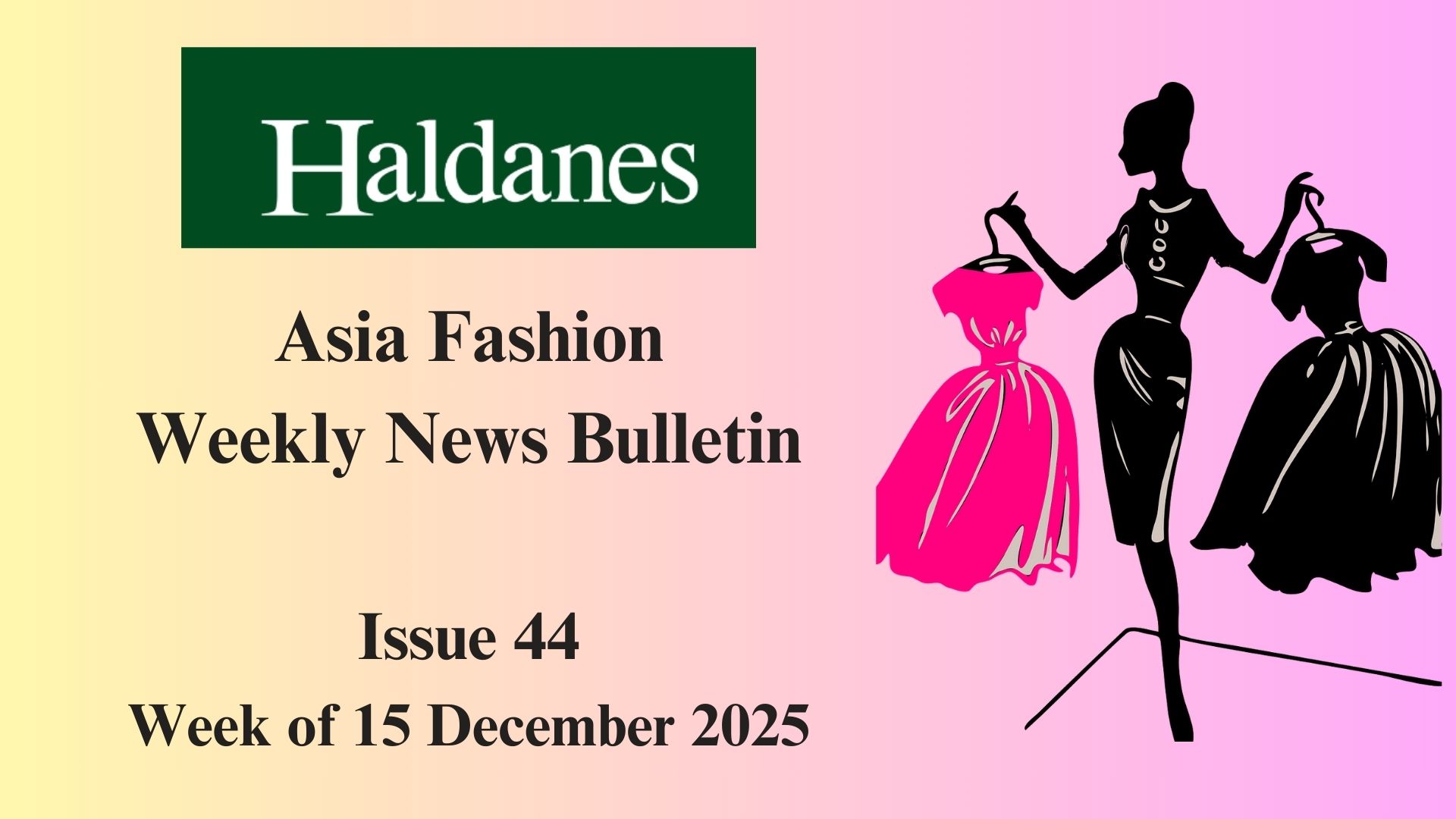Asia Art Weekly News Bulletin – ISSUE 36 Week of 13 October 2025
(1) From silk murals to jade inlays: Forbidden City’s Qianlong Garden reopens after 25-year conservation project
Beijing’s Qianlong Garden reopens after a 25-year, US$20M restoration, showcasing 18th-century Qing design. The WMF-led project preserved rare materials, with exhibitions and training programs enhancing its cultural legacy.
(2) Why aren’t Chinese collectors paying for their art?
China’s art auction market faces decline as economic slowdown and non-payment issues deter collectors. Sales drop 38% in 2024; cautious buyers and capital controls challenge Hong Kong’s auction hub status.
(3) Final Stop in Hong Kong: Tatsuya Tanaka’s “small MUJI” Miniature Art Exhibition, Featuring Hong Kong-Exclusive Works
Tatsuya Tanaka’s “small MUJI” exhibition at MUJI Causeway Bay features 16 miniature scenes, Hong Kong-exclusive works, interactive photo zones, and merchandise, transforming everyday items into whimsical art until its limited run.
(4) Over 170 Performances, 105,000 Tickets Available for Booking from 16 Oct: 2026 Hong Kong Arts Festival Blends Sustainability and Art Technology
The 2026 Hong Kong Arts Festival (Feb 27-Mar 27) offers 170+ performances, 105,000 tickets, blending sustainability and art tech. Highlights include dance, theater, circus, music, and community outreach, funded by diverse sources.
(1) From silk murals to jade inlays: Forbidden City’s Qianlong Garden reopens after 25-year conservation project
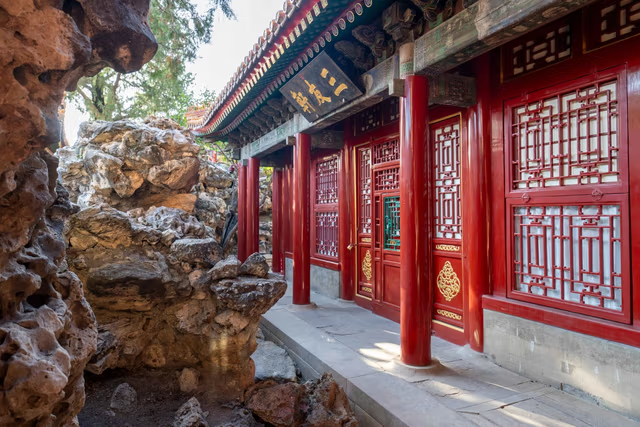
(Photo Credit: Palace Museum)
The Qianlong Garden within Beijing’s Palace Museum, also known as the Forbidden City, reopened on September 29, 2025, after a 25-year, US$20 million restoration project in collaboration with the World Monuments Fund (WMF). Built between 1771 and 1776 by decree of the Qing Emperor Qianlong, the 1.6-hectare garden features 27 buildings across four courtyards, showcasing 18th-century Chinese imperial design with European influences like trompe l’oeil murals, introduced by artists such as Giuseppe Castiglione. The project, WMF’s first major initiative in China, began with the Juanqinzhai pavilion’s restoration in 2002, completed in 2008, and extended to structures like Fuwangge, Zhuxiangguan, and Yucuixuan, preserving rare silk murals, jade inlays, and bamboo marquetry.
The restoration tackled challenges such as reviving traditional techniques for delicate materials while integrating modern conservation science to ensure historical authenticity and sustainability. A comprehensive master plan guided phased interventions, with a focus on maintaining original designs. The garden, largely untouched in the 20th century, now stands as a testament to Qing dynasty craftsmanship. An exhibition in the garden’s second courtyard details its design, history, and restoration, while the Meridian Gate Gallery’s A Century of Stewardship display, featuring 200 artifacts, celebrates the Palace Museum’s centennial.
The project has spurred broader conservation efforts, including WMF’s 2011 Conservation Resources for Architectural Interiors, Furniture, and Training (Craft) program in Beijing, training over 75 conservators in traditional and modern techniques using the Qianlong Garden as a practical site. This marks WMF’s longest-running partnership with the Palace Museum, with plans for future collaborations. The garden’s reopening enhances the Forbidden City’s cultural significance, offering public access to a meticulously preserved historical gem.
News Source: https://www.theartnewspaper.com/2025/10/13/forbidden-city-qianlong-garden-opens-conservation-project
(2) Why aren’t Chinese collectors paying for their art?

(Photo Credit: Financial Times)
The Chinese art auction market, once a global powerhouse driven by wealthy collectors like Jiao Qinghua, is facing a downturn, exacerbated by economic slowdown and rising non-payment issues. At a Shanghai Council auction, Jiao, a Jiangsu-based coal industry veteran, observes a cautious market where collectors hesitate to buy due to declining confidence since 2015, worsened by the pandemic. Data from the China Association of Auctioneers indicates that up to half of high-value lots (over Rmb10mn) in 2024 went unpaid, reflecting a significant challenge for auction houses, with no clear recovery timeline.
Historically, China’s economic boom fueled extravagant art purchases, with tycoons like Wang Jianlin and Liu Yiqian making headlines for multimillion-dollar acquisitions of Western and Chinese works. However, sales have slumped, with mainland China dropping to third in global art markets in 2024, per the Art Basel/UBS Art Market Report, as sales fell 38% year-on-year. Hong Kong, a key hub due to its lack of capital controls, saw a 30% drop in sales at major auction houses like Christie’s and Sotheby’s, despite new investments in facilities. Economic factors, including a property sector crisis and tightened capital controls, have curbed buyer enthusiasm, with non-payment issues linked to financial uncertainty.
Despite the downturn, some collectors like Guangzhou-based Xie Wenwei see opportunities to buy undervalued antiquities, anticipating a potential economic rebound. However, non-payment remains a persistent issue, with Chinese auction houses reluctant to address it publicly due to market sentiment concerns. Western auction houses enforce stricter bidder requirements, but capital controls limit Chinese buyers’ offshore participation. Industry experts note that flexible payment terms and a weak legal framework exacerbate non-payment, while collectors like Jiao remain pessimistic, citing economic woes as a barrier to market recovery.
News Source: https://www.ft.com/content/e6f75d8d-da5c-4154-b39d-a7d803fde94e
(3) Final Stop in Hong Kong: Tatsuya Tanaka’s “small MUJI” Miniature Art Exhibition, Featuring Hong Kong-Exclusive Works

(Photo Credit: Popbee)
This autumn, MUJI brings a delightful surprise to Hong Kong with Japanese miniature artist Tatsuya Tanaka’s “small MUJI” exhibition at its Causeway Bay store, showcasing 16 meticulously crafted miniature scenes. These artworks transform everyday MUJI products, like white chairs or transparent storage boxes, into whimsical props within a charming “small world,” blending humor, imagination, and life’s philosophy. Curated by Tanaka, the exhibition reflects his creative vision, turning ordinary items into captivating narratives that invite viewers to rediscover the beauty in daily objects.
The exhibition features 16 miniature installations spread across various display areas, offering an immersive experience with interactive photo zones that allow visitors to engage closely with the art. For the first time, oversized XL-series works are introduced, adding a striking visual dimension. Exclusive to Hong Kong, the event includes unique pieces tailored for local audiences, enhancing its appeal as a culturally resonant showcase within the vibrant retail setting of MUJI’s flagship store.
Running for a limited period, the exhibition also includes a dedicated merchandise area with Tanaka’s collaborative products and a Miniature Life photo collection, enabling fans to take home keepsakes. This final stop of the “small MUJI” tour combines art, interactivity, and retail, offering a healing and imaginative experience that celebrates creativity and the charm of everyday life through Tanaka’s distinctive miniature artistry
News Source: https://popbee.com/lifestyle/art-and-culture/tanaka-tatsuya-small-muji-in-hong-kong
(4) Over 170 Performances, 105,000 Tickets Available for Booking from 16 Oct: 2026 Hong Kong Arts Festival Blends Sustainability and Art Technology
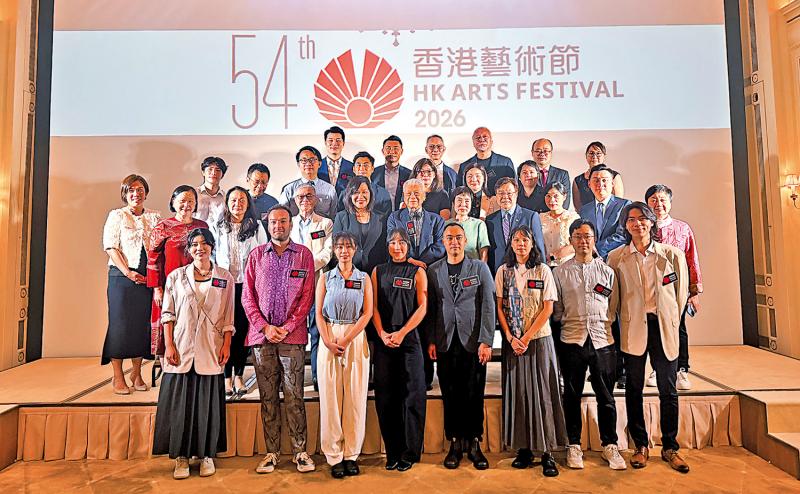
(Photo Credit: Tai Kung Pao)
The 54th Hong Kong Arts Festival, running from February 27 to March 27, 2026, will feature over 170 performances across more than 20 venues, with approximately 105,000 tickets available for booking starting October 16, 2025. Involving over 1,100 local and international artists, the festival includes nearly 300 community and educational activities, showcasing a global and diverse artistic vision under themes of peace, resilience, sustainability, and art technology. Executive Director Flora Yu highlighted the festival’s exploration of human creativity and resilience through varied programs, from dance and theater to music and circus arts.
Opening with the Asian premiere of Ballet Nacional de Espana’s La Bella Otero, a vibrant blend of Spanish folk and flamenco, the festival closes with The Peony Pavilion, a reimagined Chinese classic by choreographer Li Xing as well as dancers and cast from Suzhou Song and Dance Theatre. Theater highlights include a co-production with Shanghai Dramatic Arts Centre, Aristophanes’ Lysistrata, promoting peace through humor and a German adaptation of Liu Yi-chang’s The Drunkard set in 1960s Hong Kong. The circus program features Lin Hwai-min and Jimmy Liao’s One to One Hundred: A Brave Journey with Taiwan’s FOCASA circus troupe.
Music offerings include organist Cameron Carpenter accompanying the 1934 Chinese silent film Sports Queen and a mixed-reality piano recital, KAGAMI, recreating Ryuichi Sakamoto’s final performances with cutting-edge technology. Community outreach includes visits to fishing communities and 1960s-themed literary events, alongside educational programs for youth. Budget-wise, the festival projects HK$159 million in revenue, with 12% from government funding, 20% from matching grants, 24% from ticket sales, and 44% from sponsorships, ensuring a sustainable platform for global artistry.
News Source: https://www.takungpao.com/culture/237147/2025/1016/1131925.html
